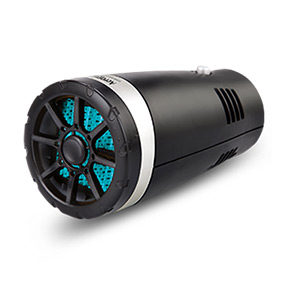hydraulic clutch line
Understanding the Hydraulic Clutch Line A Key Component in Vehicle Performance
In the world of automotive engineering, the hydraulic clutch line is a crucial component that plays an integral role in the functioning of a vehicle's clutch system. This article delves into the significance of the hydraulic clutch line, its components, and its impact on driving performance.
What is a Hydraulic Clutch Line?
The hydraulic clutch line is a flexible tube that connects the master cylinder to the slave cylinder in a hydraulic clutch system. The master cylinder is responsible for generating hydraulic pressure when the driver presses the clutch pedal. This pressure is then transmitted through the hydraulic fluid in the clutch line to the slave cylinder, which subsequently engages or disengages the clutch mechanism.
Components of the Hydraulic Clutch System
1. Master Cylinder The starting point of the hydraulic system, the master cylinder converts mechanical energy from the clutch pedal into hydraulic pressure. It contains a piston that moves with the pedal's depression, forcing hydraulic fluid into the clutch line.
2. Hydraulic Clutch Line Made from flexible materials, this line is designed to withstand high pressure while allowing for the necessary movement with the vehicle’s components. It serves to transport hydraulic fluid from the master cylinder to the slave cylinder.
3. Slave Cylinder The slave cylinder receives the hydraulic pressure via the clutch line. As the fluid enters, it pushes the piston inside the slave cylinder to either engage or disengage the clutch, thereby enabling the driver to shift gears smoothly.
4. Hydraulic Fluid This specialized fluid is critical for transferring force within the hydraulic system. It allows for smooth operation of the clutch mechanism and should be maintained at the right level for optimal performance.
Advantages of Hydraulic Clutch Systems
Hydraulic clutch systems, facilitated by the hydraulic clutch line, offer several advantages over traditional mechanical clutch systems
hydraulic clutch line

- Reduced Pedal Effort Drivers experience easier and lighter clutch engagement, making driving more comfortable, especially in heavy traffic scenarios
.- Improved Precision The hydraulic system allows for more precise control of the clutch engagement, resulting in smoother gear shifts and better overall vehicle performance.
- Durability and Reliability The hydraulic lines are often designed to resist wear and tear, providing a long-lasting solution compared to mechanical components susceptible to bending and breaking.
Common Issues with Hydraulic Clutch Lines
Despite their many benefits, hydraulic clutch lines can encounter various issues over time
1. Leaks One of the most common problems involves hydraulic fluid leaks in the clutch line. This can lead to reduced pressure in the system, impacting clutch performance. Regular inspections can help catch these leaks early.
2. Air in the System Introducing air into the hydraulic system can lead to a spongy clutch pedal feel. This may necessitate bleeding the system to remove air and restore optimal function.
3. Clogging Dirt, debris, or degradation of hydraulic fluid can cause blockages in the clutch line, affecting fluid flow and engagement. Routine maintenance is essential to prevent such issues.
Conclusion
The hydraulic clutch line is a vital component in the effective operation of modern vehicles’ clutch systems. Understanding its function and significance helps vehicle owners and enthusiasts appreciate the intricate engineering that enables smooth driving experiences. Regular maintenance and timely inspections can help ensure that the hydraulic clutch system remains in excellent working condition, ultimately contributing to the overall performance and reliability of the vehicle. Whether you are a daily commuter or a performance enthusiast, recognizing the importance of this component can enhance your understanding of vehicle dynamics and maintenance.
-
Workings of Clutch Pipe and Hose SystemsNewsJun.04,2025
-
The Inner Workings of Hand Brake Cable SystemsNewsJun.04,2025
-
The Secrets of Throttle and Accelerator CablesNewsJun.04,2025
-
The Hidden Lifeline of Your Transmission Gear Shift CablesNewsJun.04,2025
-
Demystifying Gear Cables and Shift LinkagesNewsJun.04,2025
-
Decoding Clutch Line Systems A Comprehensive GuideNewsJun.04,2025
